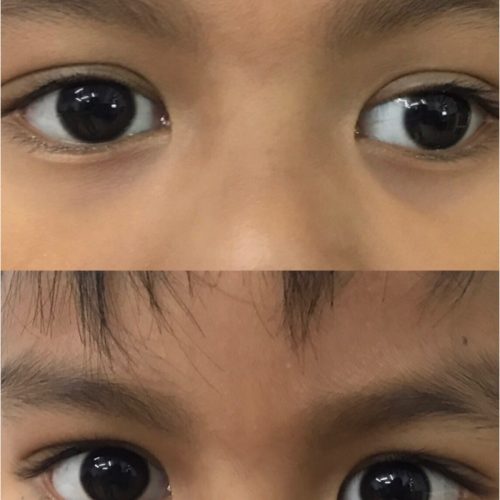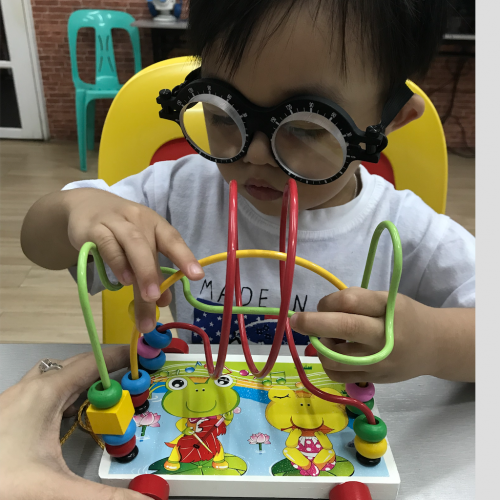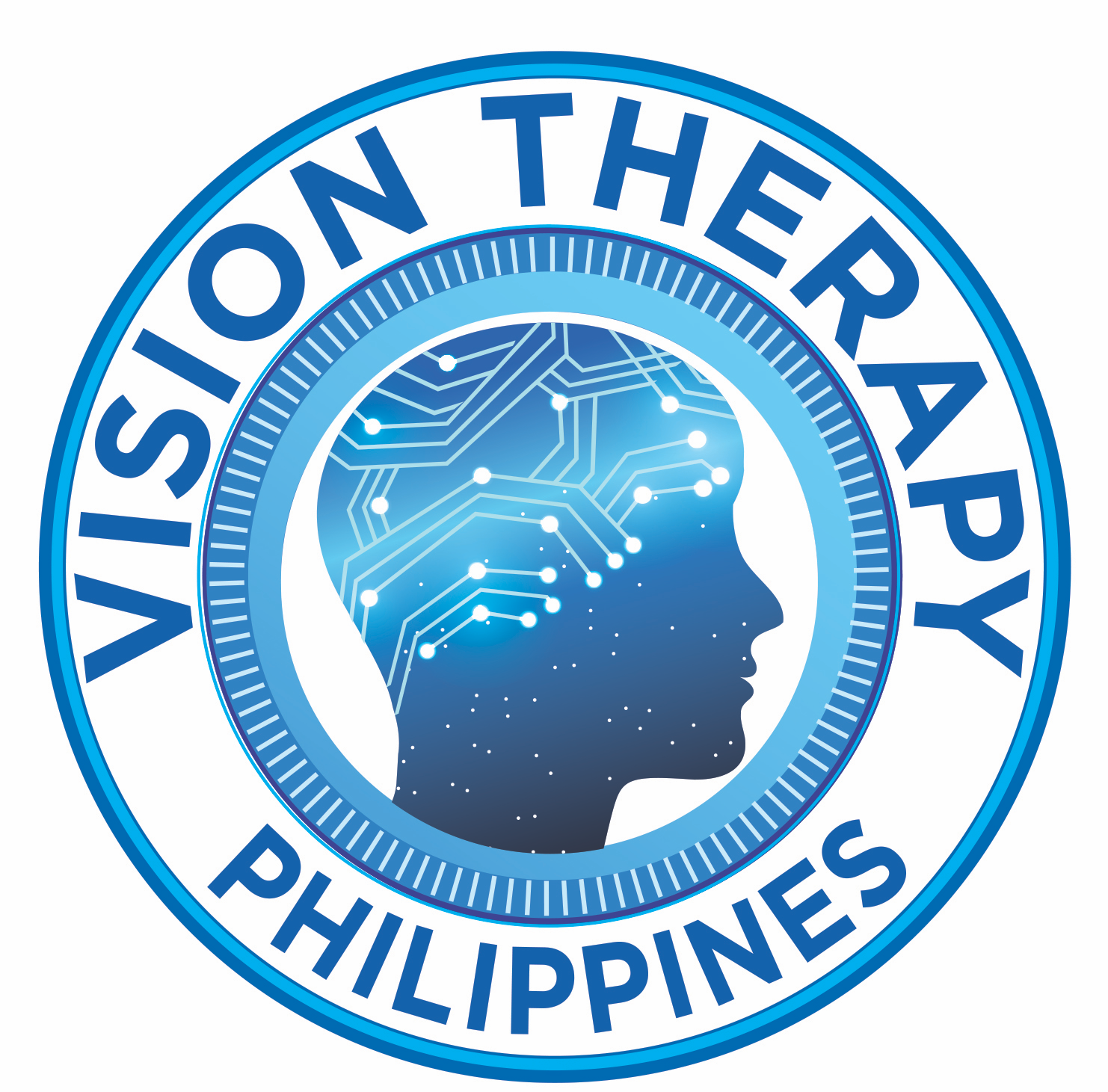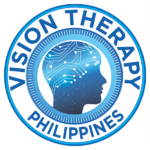Strabismus
(Eye Misalignment)
What is Strabismus?
Strabismus, more commonly known as cross-eyed or wall-eyed, is a vision condition in which a person cannot align both eyes simultaneously under normal conditions. One or both of the eyes may turn in, out, up or down. An eye turn may be constant (when the eye turns all of the time) or intermittent (turning only some of the time).
Strabismus in children does not go away on its own and strabismus in adults is treatable, so strabismus treatment is necessary.


Our Strabismus Treatment includes:
- Binocular Vision Therapy
- Visual Processing Therapy
- Eye-Hand Coordination Therapy
- Oculomotor Therapy
- Accommodation Therapy
- Visual Motor Therapy
Why Vision Therapy?
Vision Therapy deals with two parts of the visual system, i.e. motor (which makes the two eyes aim accurately) and sensory (the ability to unify the two images into one 3D image in the brain). You must have motor control and alignment in order to make the eyes see properly. Often eye turns that develop before the age of two may have good motor alignment without the ability to have stereopsis.
"Perfect" Results
The parent must realize that if surgery is used as early intervention during the “critical period” in order to improve vision, then the goal must be perfect alignment! If the eyes are close to alignment after surgery, but not perfectly aligned, then the two eyes will not work together. Binocular vision [two-eyed vision] will not be attained.
In order to have functional success [two-eyed vision], alignment must be perfect and suppression must no longer present. These results are best accomplished with Vision Therapy.
If the eyes do not suppress (ignore input from one eye) and they are not perfectly aligned, then the patient will see double. Surgery which results in suppression or double vision on the part of the patient could be described as cosmetically successful but claims re: functional improvement [better vision] are questionable.
Frequently Asked Questions
No. Strabismus treatment options and outcomes vary considerably based on types of strabismus (direction of eye turns, angle of deviations, etc.) and other factors, such the presence of convergence insufficiency, double vision, or amblyopia (lazy eye). Non-surgical treatment is available and more likely to lead to improved vision.
The brain directs and controls your eyes and eye muscle surgery is not brain surgery. Cutting and moving the eye muscles will not automatically change the brain or the signals it sends to the eye muscles. This is why patients’ eyes often “go back” or deviate again after surgery. Frequently, then, the surgeon recommends a repeat surgery. It is important to understand that while eye muscle surgery can improve cosmetic appearance, it does not necessarily improve eyesight or vision.
Numerous peer-reviewed scientific studies report success rates for eye muscle surgeries ranging from 30% to 80%. In those studies, the success is sometimes defined as cosmetic improvement only. “Cosmetic improvement only” means that, following the eye muscle surgery, the patient’s eyes maintained a straight and aligned appearance, but improved vision was not achieved.
For example, one scientific research study (Flax and Duckman, Orthoptic Treatment of Strabismus, Journal of AOA, 49th edition (12) p. 1353, 1978) reported a 50% success rate as a result of surgical treatment only for strabismus. In that study, success was defined as ANY long-lasting positive benefit, including cosmetic improvement only [to repeat, as explained above, cosmetic improvement onlymeans outside appearance improved, the patient’s vision did not].
In the American Journal of Ophthalmology, von Noorden, a well-known strabismus surgeon and researcher reviewed the records of 408 patients who had eye turns shortly after birth, and divided their surgical outcomes based on age at the time of surgery. The results of that study can be found on strabismus and lazy eye surgery as part of an interview with Dr. Leonard Press. Based on the statistics in that study, Dr. Press points out that a parent should feel no need to rush into surgery. Parents are advised to take time to explore all treatment options.
Clearly, it is important to determine whether surgery is being recommended for the purposes of cosmetic improvement only. Ask the surgeon to be explicit regarding the goals and risks associated with any surgery. Parents are encouraged to ask many questions. Ask about expected outcomes. For example, ask whether the surgeon expects the eyes to work better as a binocular (two-eyed) team as a result of surgery. You should know the possibilities regarding better appearance (cosmetic cure) and/or better vision (a binocular cure). Also, do not forget to discuss the likelihood that multiple surgeries will be recommended.
When looking for help for you or your child, it is best to consider all treatment options available. (Source: Dr. Jeffrey Cooper and Rachel Cooper, 2000-2016)
In regards to a cosmetic cure, the parent or adult patient needs to be informed in advance that good cosmetic alignment is often not achieved until two or three surgical procedures are performed. Regarding the gaining or recovery of normal vision (binocular cure), the parent or patient needs to know that if — following surgery — the two eyes are almost straight but not perfectly straight, then they still can not work together. This is important to keep in mind when the surgeon says a child needs strabismus surgery. Ask him/her if she/he is going to make the eyes look better or work better together. You should know the chances of cosmetic cure (normal appearance) vs. a binocular cure (normal vision). (Source: Dr. Jeffrey Cooper and Rachel Cooper, 2000-2016)
Surgery which does not achieve perfect alignment yields cosmetic improvement only. Effective surgical intervention to gain the use of both eyes requires not only perfect alignment but also an eye doctor who knows how to stimulate the two eyes to work together with lenses, prism, and Vision Therapy. This is why we recommend pre- and post-surgical consultation with a developmental optometrist.
Surgery, if necessary, should be coordinated with the developmental optometrist who is knowledgable in visual development if the goal is for improved vision or binocular vision. During the critical period, if therapy is not initiated immediately following surgery, the chances of success diminish. Pre-surgical consultation and stimulation by the optometrist are also helpful. (Source: Dr. Jeffrey Cooper and Rachel Cooper, 2000-2016)
Read comments by Dr. Donald Getz, FCOVD, a specialist in the treatment of strabismus and lazy eye, on the subject of surgery versus Vision Therapy.
Source: Dr. Jeffrey Cooper and Rachel Cooper

